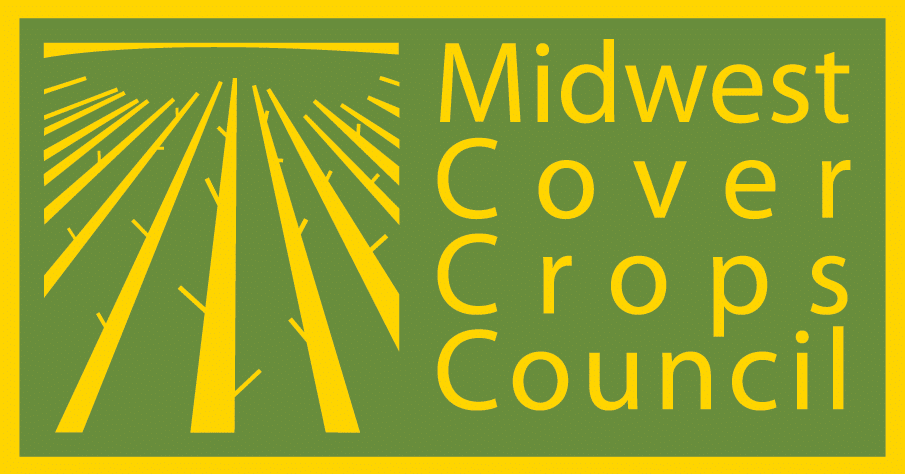About Us
About the Midwest Cover Crops Council
The Midwest Cover Crop Council was first organized in 2006. Since its inception the organization has grown into a community that facilitates the sharing of cover crop knowledge within the Midwest and beyond. To find out more about our group please visit one of the following sections.
Mission & Vision
The Midwest Cover Crops Council seeks to significantly increase the amount of continuous living cover on the Upper Midwestern agricultural landscape. From cities to the countryside, this transition in landscape design will produce numerous ecological benefits, including improvements in water, air and soil quality. As the public grows increasingly aware of our collective ecological footprint and its relationship to climate change and water quality, the effort to add living cover to our landscape can generate new sources of renewable energy, mitigate greenhouse gases, reduce the use of agricultural chemicals, and provide novel income streams for rural communities. In an era where the Mississippi River Basin and Great Lakes watershed suffer from serious environmental degradation, this shift in agricultural systems can play a significant and positive role in revitalizing and restoring our lakes, rivers, fields, and communities. To effectively achieve our aim of broad adoption of cover crops by farmers, we will build a vital and effective regional collaboration of agencies, individuals and the general public.
Our Priorities
The MCCC has identified five major priority areas under which a series of activities and initiatives will be undertaken to fulfill the overall goal of increasing cover crops adoption in the Great Lakes and Mississippi River basins.
These priorities include:
- Policy – develop policy incentives and programs to increase farmer adoption of cover crops in the region
- Communications/Network Development – enhance public awareness and support for cover crops, emphasizing overall ecological benefits for public via the development of a strategic communications plan. Create robust, active network of stakeholders across region.
- Research – Expand funding for relevant research, including ecological and economic benefits assessment, germplasm development, water and soil quality, and development of cover crop systems that fit a variety of niches within annual row crop systems.
- Education/Outreach – Provide education and training to farmers and agencies to facilitate cover crops adoption.
- Fundraising – Generate support for the above initiatives and MCCC infrastructure.
Our Objectives
Ten Year Objectives
- Improve productivity and quality of crops, including vegetables, perennials, corn, soybeans, small grains, food grains, forages, biofuels, industrial uses, ornamentals, and multi-purpose crops, by integrating cover crops into the systems
- Create reasonable cost of establishment
- Develop new plant materials
- Produce adequate seed supply
- Ensure availability and feasibility of technology and equipment
- Better integration of ecologies, economies, and stewardship practices of urban and rural communities
- Facilitate policy change to support these aims
Five Year Objectives
- Identify priorities and barriers to implementation of cover crops
- Design and establish mechanisms of communication
- Cross-regional learning and innovation exchange
- Unified voice from academy, non-profit, and industry sectors around importance of cover crops and associated innovations like green manures, etc.
- Improve availability of funding to research these systems
- Coordinated effort to use cover crops in systems
- Generate supportive policy at local, state and federal levels
